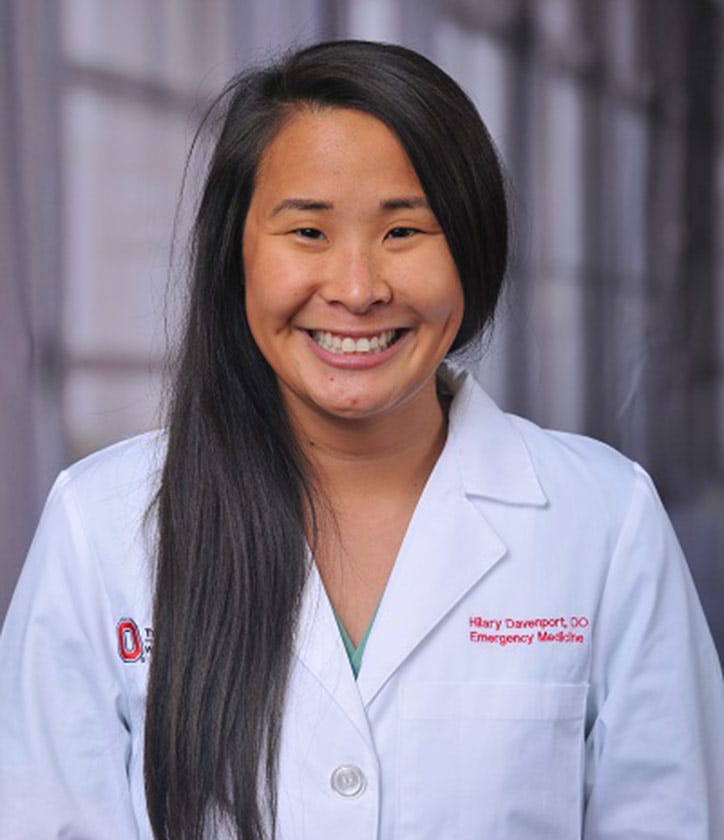About the Program
During this one-year fellowship, the fellow will have clinical responsibilities, educational responsibilities, research goals and administrative tasks to complete. The fellow will work closely with the fellowship director and faculty within the ultrasound division to maintain emergency ultrasound services.
The goal is to acquire specific skills related to academic ultrasound to allow the fellow to graduate and take positions of leadership within the medical community. The fellow with develop image acquisition, optimization, interpretation and application skills with hands-on learning. The fellow will assimilate computer video clip digital rendering, editing and optimization skills, including digital to DVD transition and other computer skills such as podcasting.
The emergency ultrasound fellow will design at least one research project to be submitted to the IRB and start the project during the fellowship. At least one abstract will be submitted and presented to a national meeting such as ACEP, SAEM or AIUM.
Curriculum
Along with mentored clinical ultrasound scanning each month, the fellow learns from nurses, sonographers and specialists from other academic programs. The lessons learned in the skills lab are practiced in the trauma bay, ICU or emergency department patient room. In addition to academic scan requirements to complete the fellowship, a research project is required for graduation. Fellows will be expected to perform over 800 ultrasound exams over the entire year. Requisite requirements to sit for the RDMS certification exam will be fulfilled but NOT required during the fellowship.
This ultrasound program has a highly advanced infrastructure and a significant sonographic footprint within the institution. With ultrasound penetrance into the medical school curriculum, the students set the bar for basic ultrasound. Residents use ultrasound during most rotations and relations with other specialties is facilitated by teaching and learning within different areas of the hospitals. Facilities include a skills lab with 10 ultrasound machines, blue phantoms and plans to build an ultrasound specific training area. The clinical emergency medicine setting has four machines at the main emergency department, and two at OSU East's emergency department. All ultrasound images are stored on PACS or a RadWeb intranet for educational scans. PACS connectivity and 100% Q/A is the intended policy for all emergency department ultrasound scans.
Application Process
All applications must be received by September 15 for consideration.
Candidates should be U.S. MD graduates, licensed in Ohio to practice medicine and board eligible/certified to practice emergency medicine. Passion for emergency ultrasound and a penchant for learning how to teach are a must. Research and organizational expertise are a plus.









